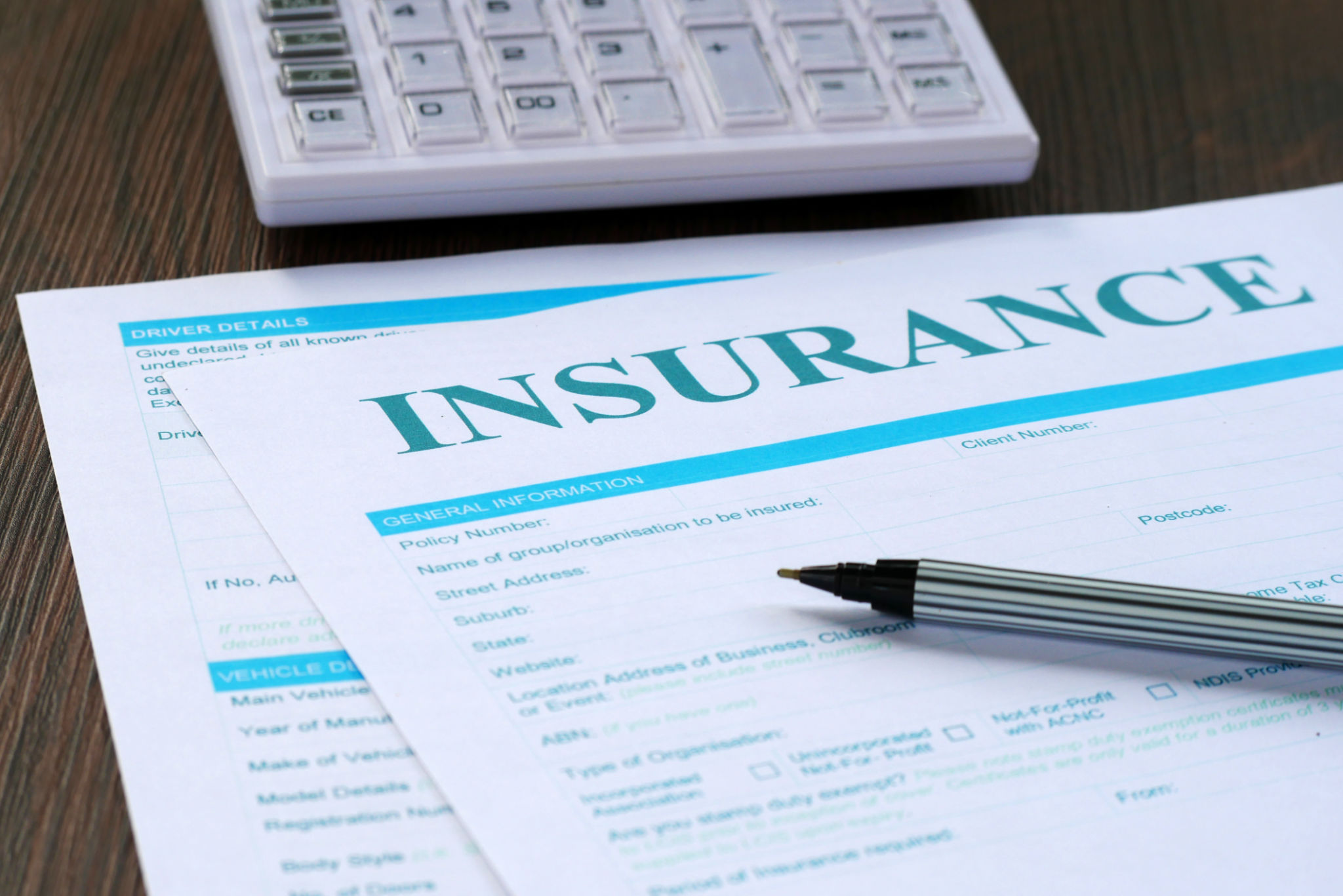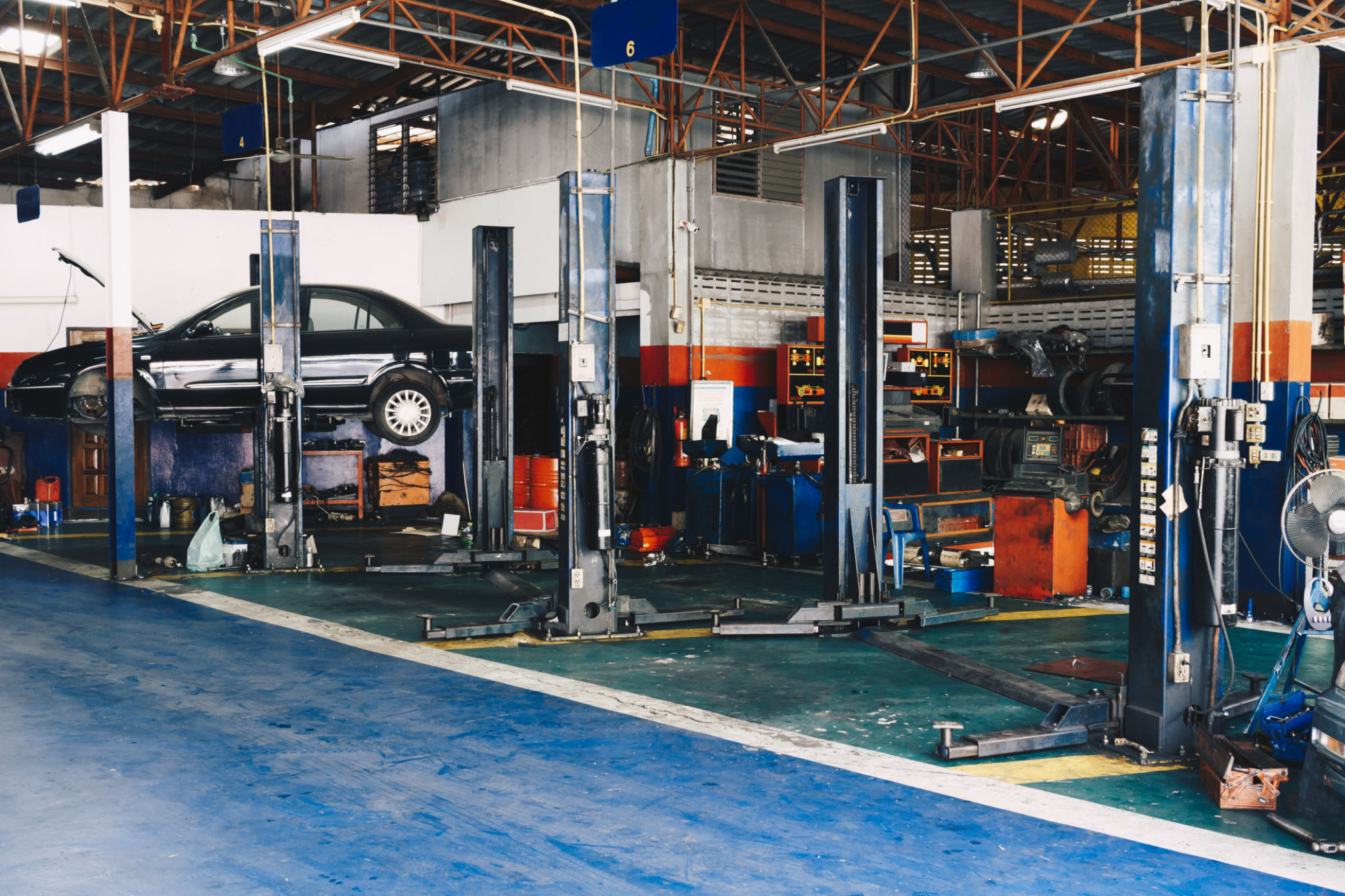Understanding the Collision Repair Process: A Step-by-Step Guide
ss
Introduction to Collision Repair
Being involved in a car accident is a stressful experience, and the aftermath often involves navigating the collision repair process. Understanding what happens once your vehicle enters the repair shop can ease your mind and help you make informed decisions. This step-by-step guide will walk you through the collision repair process, ensuring you're well-prepared for each stage.

Initial Assessment and Estimate
The first step in the collision repair process is the initial assessment. Once your vehicle is at the repair shop, a professional technician will examine the damage. During this assessment, they will look for visible damages as well as any underlying issues that may not be immediately apparent.
After the assessment, you will receive an estimate for the repairs. It's important to review this estimate carefully and ask questions if anything is unclear. The estimate will typically include the cost of parts, labor, and any additional services required to restore your vehicle to its pre-accident condition.
Insurance Approval
Once you have reviewed the estimate, it is usually sent to your insurance company for approval. This step is crucial as it ensures that the repairs are covered under your policy. The insurance company may send an adjuster to verify the damage and ensure that the estimate is accurate. Make sure to stay in contact with your insurance provider throughout this process.

Disassembly and Repair Planning
With the insurance approval in hand, the next step is disassembly. During this phase, technicians will take apart damaged areas of your vehicle to uncover any hidden issues. This thorough examination allows them to create a detailed repair plan and order necessary parts.
Once all parts are ordered and received, the repair process can officially begin. The repair plan will guide technicians through structural repairs, mechanical repairs, and cosmetic fixes to ensure your vehicle is safe and looks as good as new.
Structural and Mechanical Repairs
The structural integrity of your vehicle is paramount. Technicians will focus on restoring the frame and other structural components to factory specifications. This ensures your vehicle remains safe on the road. Mechanical repairs may also involve fixing or replacing components such as suspension systems, engines, or transmissions if they were affected by the collision.

Cosmetic Repairs and Painting
Once structural and mechanical repairs are complete, technicians will focus on cosmetic repairs. This involves repairing or replacing body panels, bumpers, and other exterior components. The goal is to make your vehicle look as if it never suffered any damage.
The final touch in the repair process is painting. Matching your car's original color is critical for a seamless appearance. Professional painters will apply coats of paint and finish with a clear coat for durability and shine.
Quality Control and Final Inspection
After repairs and painting are complete, your vehicle undergoes a comprehensive quality control inspection. Technicians check every aspect of the repair process to ensure everything meets industry standards. This step guarantees that no detail has been overlooked.
Customer Delivery
The last step in the collision repair process is delivering your vehicle back to you. During this stage, you'll have an opportunity to inspect the work done on your car. It's important to take your time during this inspection to ensure that everything meets your expectations.
The collision repair process can seem daunting, but understanding each step will help you navigate it with confidence. By following this guide, you can ensure that your vehicle is in good hands and that you're back on the road safely and efficiently.